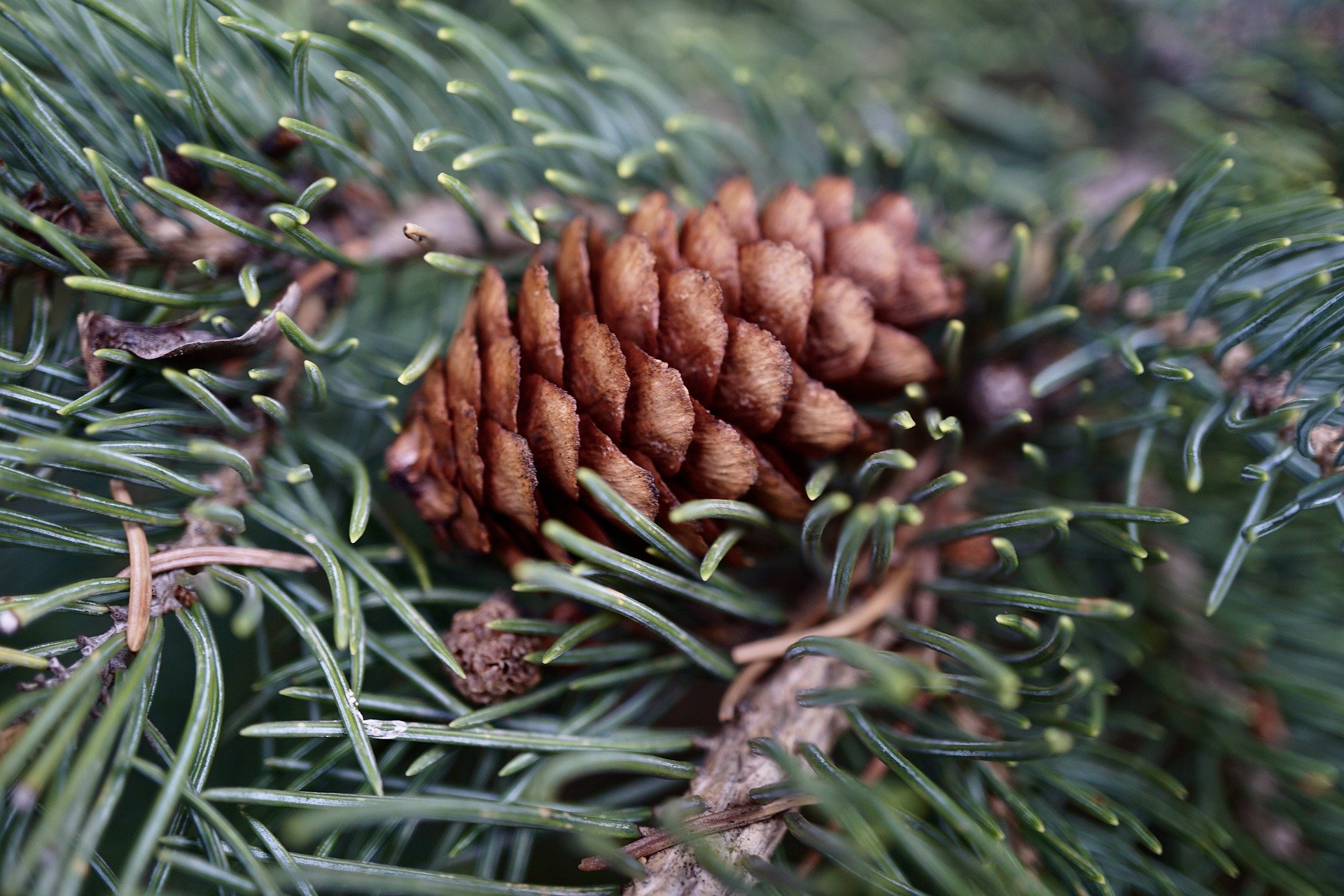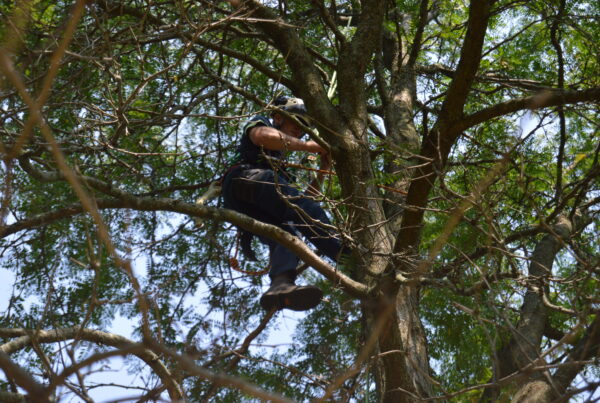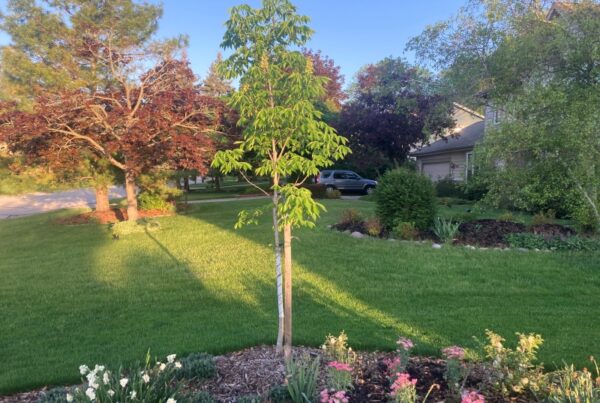If this coniferous species is part of your landscape, be sure to inspect the trees right now for signs of Rhizosphaera needle cast. This fungus thrives in wet conditions. The greatest concern is that infected needles – whether attached to the spruce or on the ground – can still produce spores and spread to healthy trees nearby.
Look for needles that change from green to brown in color. Some may appear black and sooty in texture. The tree’s lower branches show the first signs of needle loss and will gradually move upward as the disease spreads.
Treatments are available to prevent the spread, but there is no cure for the initial infection. To curb this issue, we recommend planting other species of spruce, and making sure there is adequate distance between trees to improve air exposure. Reach out to our experienced arborists for a consultation.




